Qantas axes Sydney to Beijing route amid Chinese airline competition
Competition from Chinese airlines has caused Qantas to pull its Sydney to Beijing route, as the airline pushes ahead with another project.
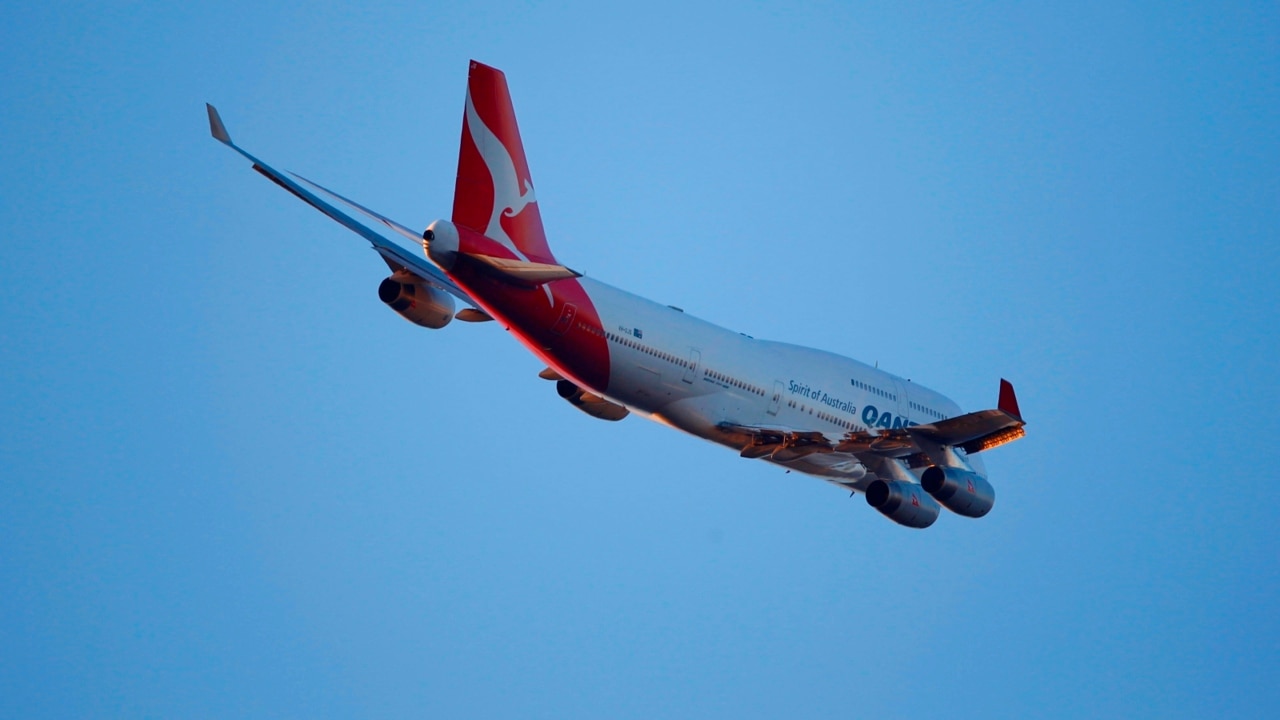
Travel
Don't miss out on the headlines from Travel. Followed categories will be added to My News.
Qantas is axing its underperforming Sydney-Beijing route from March due to stiff competition from Chinese airlines and weak business class demand.
Australia’s biggest airline had relaunched the route in 2017 in its third attempt in 35 years to make it viable and had already lowered the number of weekly flights to five from seven in 2018.
It will maintain daily flights from Sydney to Shanghai, where it partners with hub carrier China Eastern Airlines.
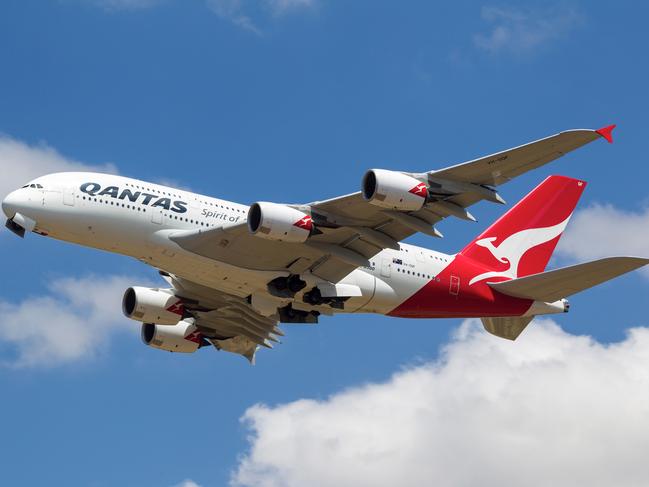
Qantas said since it had reintroduced the direct Sydney-Beijing services in 2017, capacity from Beijing to Australia on Chinese airlines had grown by about 20 per cent and was expected to grow even further in 2020 at a time when broader international capacity to Australia was declining.
“Our flights to Beijing have been underperforming for some time due to weaker demand as well as a big increase in capacity from other airlines,” Qantas International chief executive Tino La Spina said on Tuesday.
“China is a significant market for Qantas and our direct services from and to Shanghai are performing well. With Beijing, we’re responding to what the market is telling us.”
Qantas said it would redeploy the Airbus SE A330 capacity it had been using on the route to elsewhere in Asia.
MORE NEWS:
‘No tricks': Branson’s warning to help bushfire victims
High-sugar kids’ snacks named and shamed
Branson reveals SA in space race with eastern state
Father of Pell’s victim makes emotional plea to Pope
It comes as the airlines continues to push ahead with its Project Sunrise - a series of ultra long-haul research flights gathering data about inflight passenger and crew health and wellbeing.
A second test flight will depart London for Sydney on Thursday evening, and comes after Qantas completed the first non-stop flight between New York and Sydney.
The 18,000km trip from England’s capital will have 42 passengers, including Qantas CEO Alan Joyce, as well as medical researchers.
TROUBLED BOEING JETS TO FLY AGAIN
Boeing expects the troubled 737 MAX aeroplane, which was grounded after two crashes killed 346 people, to resume flying in January, delaying its return by one month.
In a statement, the group said it still hopes to receive certification next month from the Federal Aviation Administration (FAA), allowing it to resume MAX deliveries to airline customers before the end of the year.
“In parallel, we are working towards final validation of the updated training requirements, which must occur before the MAX returns to commercial service, and which we now expect to begin in January,” Boeing said.
It had originally planned for the model to resume flying in December. The planes have been grounded globally since mid-March, following the deadly Lion Air crash of October 2018 and the Ethiopian Airlines crash in March this year.
In total, the incidents killed almost 350 people.
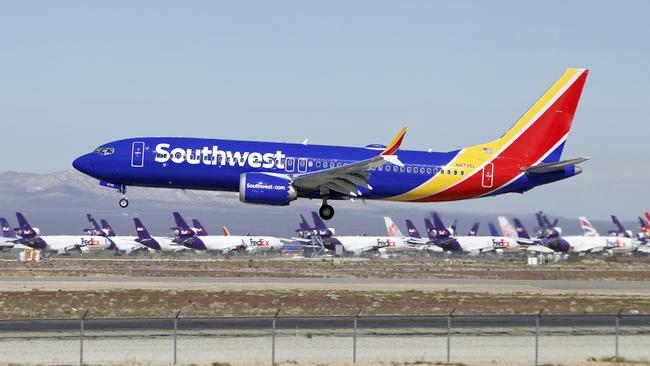
The grounding has dragged on far beyond initial expectations as Boeing has upgraded systems and faced questions from regulators and politicians over the plane.
Southwest Airlines and American Airlines on Friday pushed back their time frame again for resuming flights on the 737 MAX until early March.
Boeing said Monday it has completed the first of five key milestones it must meet before returning to service: a multi-day simulator evaluation with the FAA to “ensure the overall software system performs its intended function.” The group said it still needs to run a separate, multi-day simulator session with airline pilots to “assess human factors and crew workload under various test conditions,” before FAA pilots conduct a certification flight of the final updated software.
Boeing has notably changed the aircraft’s Manoeuvring Characteristics Augmentation System (MCAS), an anti-stall mechanism that pilots in both fatal crashes had struggled to control as the jets careered downwards.
Boeing will then submit to the FAA all the necessary materials to support software certification.
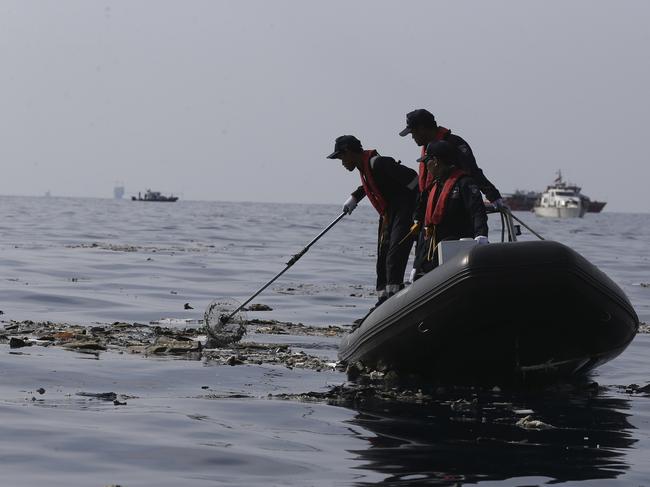
The final key step before the resumption of commercial flights is an evaluation by a multi-regulatory body to validate training requirements.
After this, Boeing said, a report will be released for a public comment period, followed by final approval of the training.
“At each step of this process Boeing has worked closely with the FAA and other regulators,” the group said.
In September, The Guardian reported that even if the FAA gave permission for the 737 MAX jets to fly again, the Australian Civil Aviation Authority (CASA) may not follow suit.
CASA said other information would be factored in to its decision.
“As the certifying authority for the aircraft type, obviously the FAA is central to the decision as to whether the aircraft flies or not but in this case due to the nature of it there is focus on the aircraft from authorities around the world,” a CASA spokesperson told The Guardian.
Earlier this year, Virgin Australia announced it would delivery of its 737 MAX order until July 2021.
QANTAS PLEDGE AFTER SAFETY DRAMA
Qantas has become the second airline to commit to zero net emissions by 2050 amid mounting scrutiny of the aviation industry’s carbon footprint.
The airline announced on Monda that it would cap its net emissions at 2020 levels, and that it would offset all growth in emissions from domestic and international operations from 2020, including across its Jetstar, QantasLink and Qantas Freight operations.
Chief executive Alan Joyce said the pledge to achieve the 2050 goal will be achieved through fuel efficiency and the use of carbon offset schemes.
It comes as an internal investigation gets underway after the door of a Qantas A380 was almost ripped off when the plane was being rolled out of a maintenance hangar at Sydney Airport.
The incident forced the cancellation of flight QF7 from Sydney to Dallas in the US on Saturday afternoon.
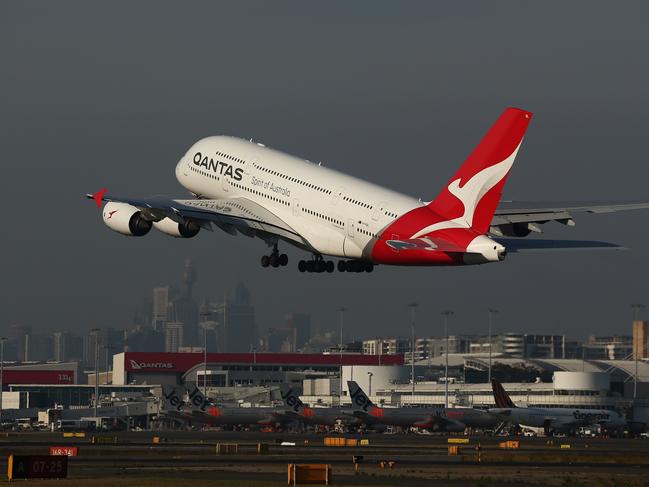
A return flight that was due to leave Dallas on Sunday was also cancelled.
The damage is believed to have occurred when the double-deck plane struck scaffolding as it was undergoing routine maintenance.
Passengers who were on the cancelled Sydney-Dallas flights were put on alternative services.
In a statement issued to News Corp Australia, Qantas apologised for the delays and confirmed that the aircraft door of the A380 had been damaged.
“The aircraft door sustained some damage inside the hangar during maintenance. We are working to minimise impacts to our customers and we apologise for any delays,” the statement said.
It’s been an eventful few weeks for the national carrier, with the engineers’ union doubling down on demands Qantas inspects its entire Boeing 737 fleet.

This came after a low-cost Indonesian carrier found cracks in the “pickle fork” wing structure of two newer aircraft.
Lion Air last week found cracks in two Boeing 737s below the mandatory checking threshold of 22,600 landings, known as cycles, according to Indonesian media.
Australian Licensed Aircraft Engineers Association federal secretary Steve Purvinas says this vindicates his belief cracks could be found in any 737 aircraft.
Qantas pulled three of its 75 Boeing 737s from service after finding pickle fork hairline cracks, but says it isn’t obliged to check other planes that have undergone fewer than 22,600 cycles.
The pickle fork is the structure between the plane’s wing and fuselage.
Qantas last week announced it is planning several redundancies, due to a slowdown in the economy.
Most of the roles expected to be affected are in middle management.
The airline has not revealed a specific number for the job cuts.
The news comes after Virgin Australia revealed it would retire five ageing aircraft and reduce domestic capacity by two per cent in the first half of next year as it focuses on more profitable routes.
Meanwhile, Qantas confirmed it plans to replace its entire domestic fleet by the end of 2020.
- with staff writers
Originally published as Qantas axes Sydney to Beijing route amid Chinese airline competition
